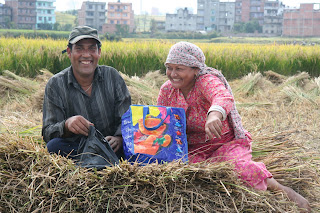From the Economist: "SINCE 1980 the country that has made the greatest strides in improving human development is Nepal, according to the UN’s annual Human Development Index (HDI). The index is a combination of three sub-indices covering wealth, health and education. The countries whose HDI has improved the most since 1980 are mainly in Asia. China and India have been helped by rapid GDP growth, but even slower-growing countries such as Nepal and Bangladesh have fostered human development by making progress in health and education. The countries where HDI has improved the least are mainly in Africa, with Zimbabwe at the bottom of the pile."























